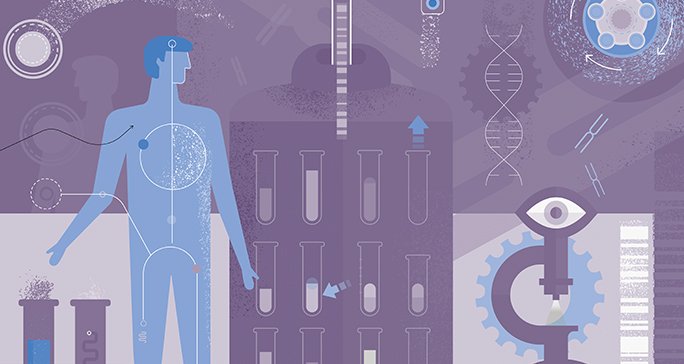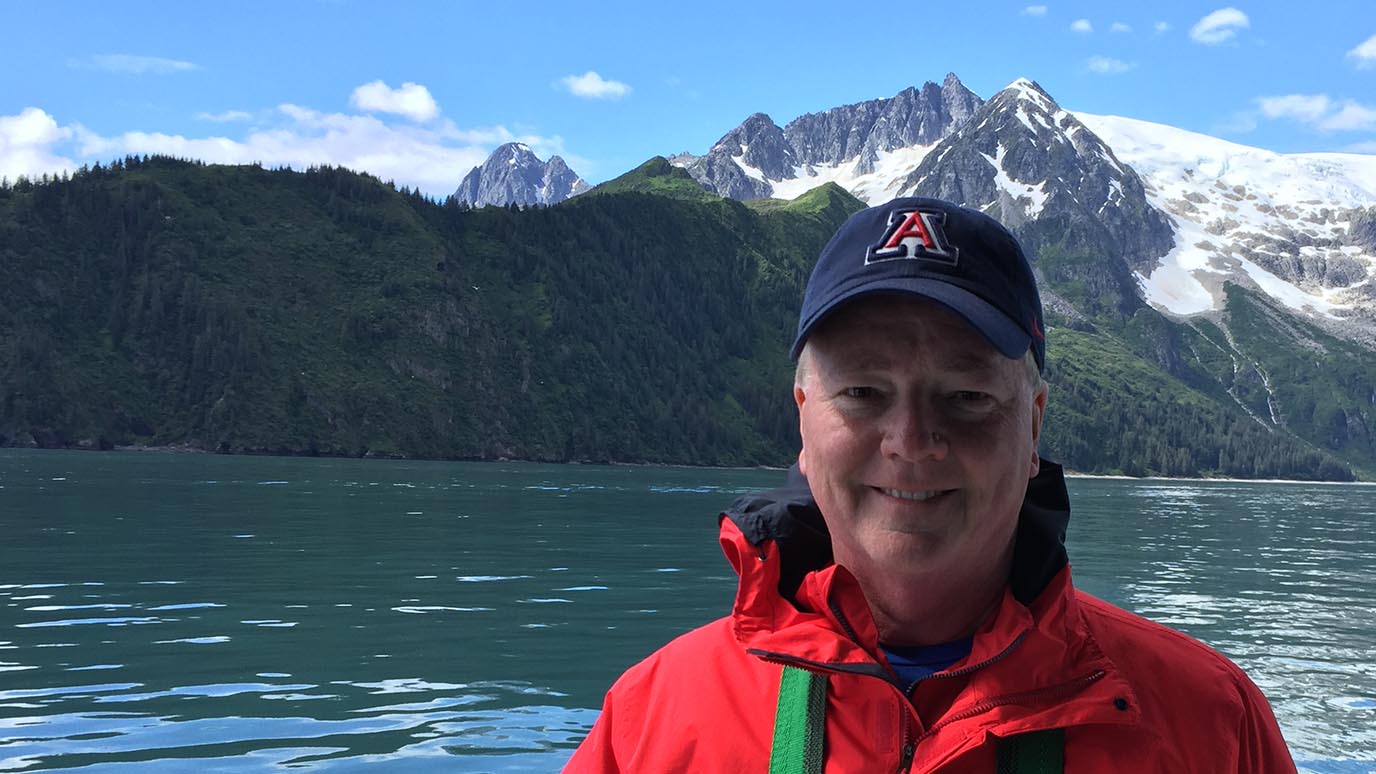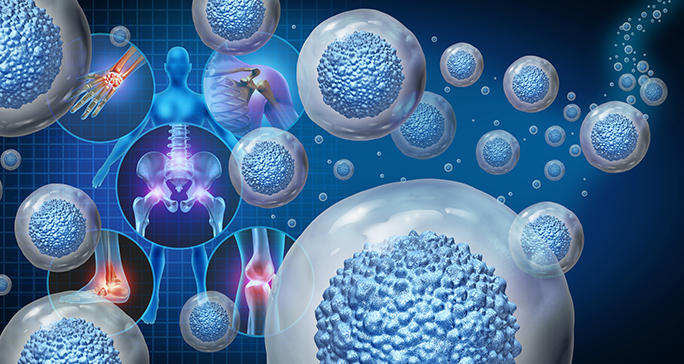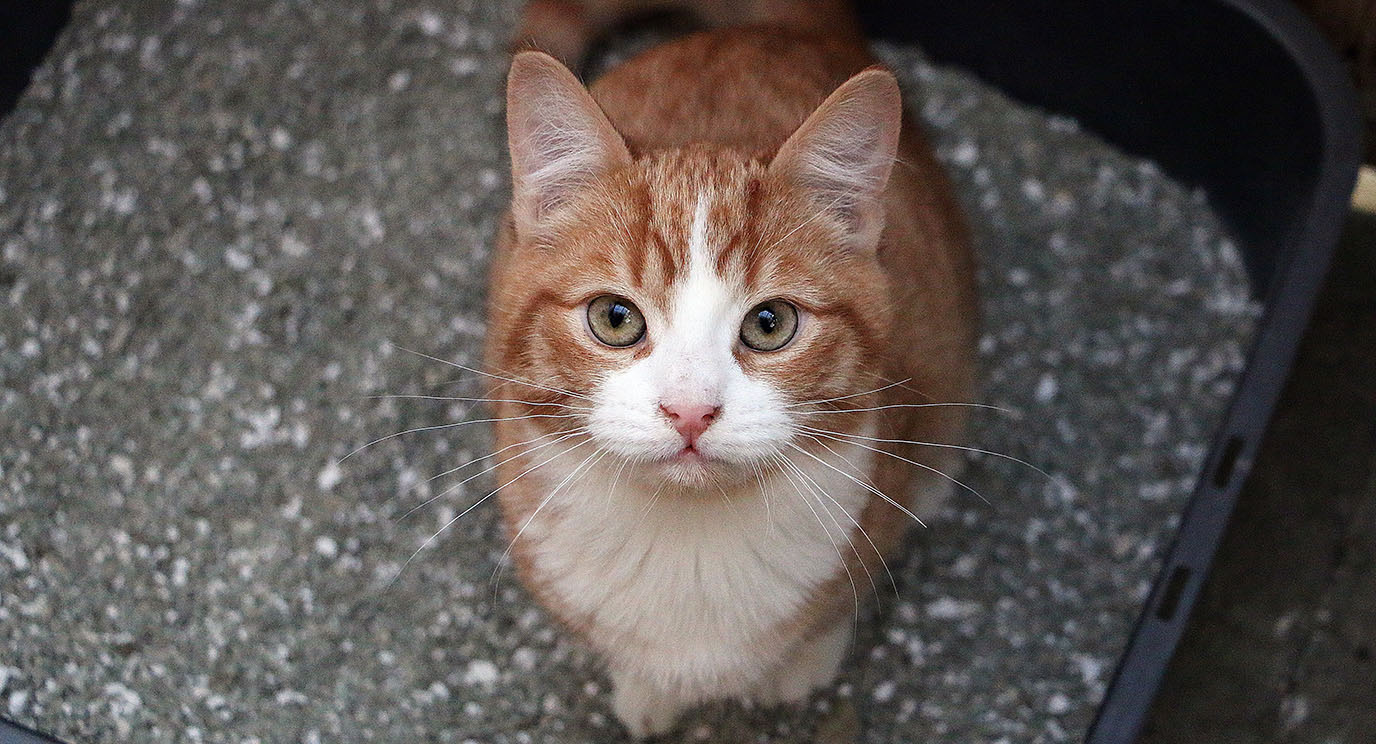- Diseases
- Acoustic Neuroma (16)
- Adrenal Gland Tumor (24)
- Anal Cancer (70)
- Anemia (2)
- Appendix Cancer (18)
- Bile Duct Cancer (26)
- Bladder Cancer (74)
- Brain Metastases (28)
- Brain Tumor (234)
- Breast Cancer (726)
- Breast Implant-Associated Anaplastic Large Cell Lymphoma (2)
- Cancer of Unknown Primary (4)
- Carcinoid Tumor (8)
- Cervical Cancer (164)
- Colon Cancer (168)
- Colorectal Cancer (118)
- Endocrine Tumor (4)
- Esophageal Cancer (44)
- Eye Cancer (36)
- Fallopian Tube Cancer (8)
- Germ Cell Tumor (4)
- Gestational Trophoblastic Disease (2)
- Head and Neck Cancer (14)
- Kidney Cancer (130)
- Leukemia (342)
- Liver Cancer (50)
- Lung Cancer (286)
- Lymphoma (278)
- Mesothelioma (14)
- Metastasis (30)
- Multiple Myeloma (100)
- Myelodysplastic Syndrome (60)
- Myeloproliferative Neoplasm (6)
- Neuroendocrine Tumors (16)
- Oral Cancer (102)
- Ovarian Cancer (178)
- Pancreatic Cancer (160)
- Parathyroid Disease (2)
- Penile Cancer (14)
- Pituitary Tumor (6)
- Prostate Cancer (150)
- Rectal Cancer (58)
- Renal Medullary Carcinoma (6)
- Salivary Gland Cancer (14)
- Sarcoma (238)
- Skin Cancer (300)
- Skull Base Tumors (56)
- Spinal Tumor (12)
- Stomach Cancer (66)
- Testicular Cancer (28)
- Throat Cancer (92)
- Thymoma (6)
- Thyroid Cancer (100)
- Tonsil Cancer (30)
- Uterine Cancer (86)
- Vaginal Cancer (18)
- Vulvar Cancer (22)
- Cancer Topic
- Adolescent and Young Adult Cancer Issues (22)
- Advance Care Planning (12)
- Biostatistics (2)
- Blood Donation (18)
- Bone Health (8)
- COVID-19 (360)
- Cancer Recurrence (120)
- Childhood Cancer Issues (120)
- Clinical Trials (628)
- Complementary Integrative Medicine (22)
- Cytogenetics (2)
- DNA Methylation (4)
- Diagnosis (238)
- Epigenetics (6)
- Fertility (62)
- Follow-up Guidelines (2)
- Health Disparities (14)
- Hereditary Cancer Syndromes (128)
- Immunology (18)
- Li-Fraumeni Syndrome (8)
- Mental Health (122)
- Molecular Diagnostics (8)
- Pain Management (62)
- Palliative Care (8)
- Pathology (10)
- Physical Therapy (18)
- Pregnancy (18)
- Prevention (936)
- Research (390)
- Second Opinion (78)
- Sexuality (16)
- Side Effects (616)
- Sleep Disorders (10)
- Stem Cell Transplantation Cellular Therapy (216)
- Support (408)
- Survivorship (328)
- Symptoms (182)
- Treatment (1788)
How a CML clinical trial and Gleevec saved my life
BY Mel Mann
3 minute read | Published October 03, 2014
Medically Reviewed | Last reviewed by an MD Anderson Cancer Center medical professional on October 03, 2014
In January 1995, I sauntered into a Michigan doctor's office to get the results of some tests I had taken to find the cause of my back pain. The doctor informed me that I had a terminal form of leukemia called chronic myeloid leukemia (CML). He said I had three years to live.
After my diagnosis, everything happened in slow motion. A 37-year-old major in the U.S. Army, I had a wife and a 5-year-old daughter. I immediately calculated how old my daughter would be in three years. I had just taken one of the training wheels off the little pink bike she had received as a Christmas gift, and my wife and I were gradually teaching her how to ride it.
Starting CML treatment
My doctor said a bone marrow transplant offered the only cure for CML. The best chance of finding a marrow donor is from a sibling, and I only had one sister. She was not a match, and there were no matches on the national marrow donor registry. I began taking daily injections of interferon to contain the CML.
I contacted the national marrow donor program, now known as Be the Match, and told them I wanted to hold some marrow drives. My friends from the Army held drives in places like Hawaii, Germany and even at the Pentagon.
A year after my CML diagnosis, I moved to Atlanta. My aunt coordinated a marrow drive in a nearby town. While there, I met a man who had seen a TV spot I'd done to promote the drive. He said, "These drives are OK, but you need to get to MD Anderson ASAP." He told me his inspiring story about being on the brink of death from hairy cell leukemia and how MD Anderson had given him back his life. He ended his story with, "One cancerous cell becomes two, two becomes four, four becomes eight and so forth." He then handed me the number for MD Anderson.
Treating my CML with interferon and Gleevec
A few days later, I was at MD Anderson. When I met my doctor, I learned he'd been the first to study treating CML with interferon, which was the first type of therapy used on CML patients at the time. He looked at my medical records and said, "We still have time. I'm going to increase your dose of interferon and put you on clinical trial after clinical trial."
Around the three-year mark, I became more fatigued and gaunt. I'd wake up in the morning feeling like I never went to sleep. I asked my doctor when a new drug was expected. He said a drug called STI571 was close.
Finally, in August 1998, MD Anderson started the clinical trial for the STI571, now known as Gleevec. Only 20 patients could participate in this phase I trial, and they had to stay in Houston for the first nine weeks. That August, I became the second person at MD Anderson to take STI571, and I responded very well. So well that the following year I ran a marathon and completed the 111-mile El Tour de Tucson bike ride for the Leukemia and Lymphoma Society's Team in Training.
Celebrating nearly 20 years after my CML diagnosis
In 2001, the FDA approved STI571, which was subsequently named Gleevec. I'm still taking it today and am MD Anderson's longest living Gleevec patient.
My daughter eventually learned to ride that little pink bike and is now in her third year of medical school. I would like to thank her, along with my wife of 30 years, family, friends, medical staff and all those who have supported me.
They helped give me hope -- hope for healing that I'd thought could come only from a donor on the marrow registry. Instead, my healing came from a drug that was only a gleam in some researcher's eye at the time of my CML diagnosis.
Related Cancerwise Stories

My healing came from a drug that was only a gleam in some researcher's eye at the time of my diagnosis.
Mel Mann
Survivor





